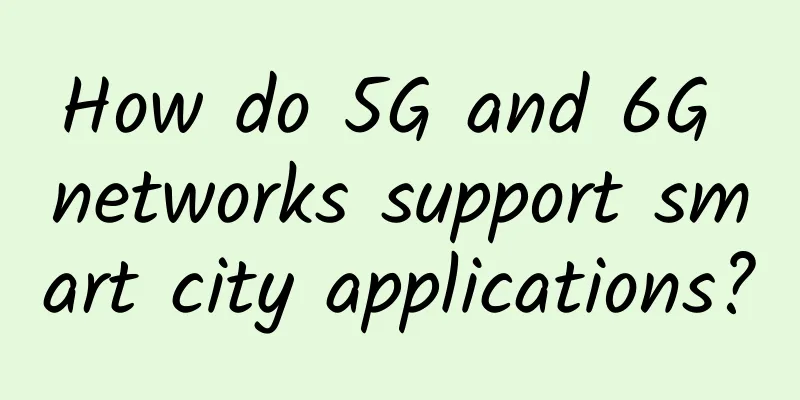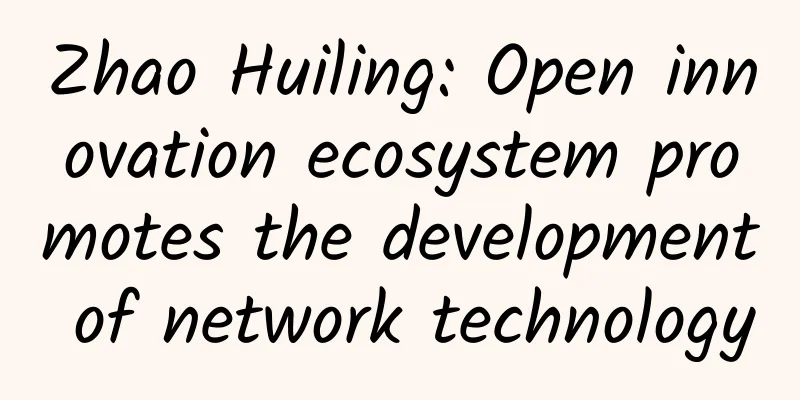How do 5G and 6G networks support smart city applications?

|
However, lower latency and the ability to support more devices increase supply chain and cybersecurity risks. While 5G and 6G networks could help first responders and smart city projects with more reliable communications, faster data transfers and new capabilities like intelligent edge computing, they could also introduce new threats, according to a federal government report. To help public sector officials understand the impact of 5G, the Department of Homeland Security’s Science and Technology Directorate recently completed an in-depth study of the technology being deployed. “Organizations must balance the adoption of these capabilities against the risks and uncertainties of using either technology,” said Mark Fry, a senior technology official at Tech. 5G deployments around the world began in 2019, promising faster, more resilient data transmission. The new network protocols will enable new technologies like driverless cars and autonomous delivery robots, while the U.S. Department of Homeland Security missions will see advances in sensor networks and autonomous systems, the researchers wrote. For state and local governments, the rollout will give first responders new tools like priority networks, geolocation and search and rescue drones. The report said that 5G's ability to support more sensors and IoT devices can better collect, process and analyze large amounts of data in real time. With the widespread use of 5G, monitoring teams at government facilities can deploy more cameras along the U.S. border and use real-time tracking to detect smuggling activities more quickly, or respond to rescue beacons of migrants in distress. However, 5G also increases the risk of introducing untrusted or counterfeit components, giving malicious actors the opportunity to exploit valuable information and intelligence. End-user systems, such as government computers, phones and other devices, could be compromised as a result. 6G deployment is scheduled to begin in 2030, but by then, states and local entities will be moving toward a fully digital and connected environment, the report said. These improvements will increase network efficiency, allow for optimization through artificial intelligence and powerful edge computing, provide faster service in remote locations, and dynamically respond to network demands through cloud-hosted networks. For autonomous vehicles, 6G's wider bandwidth capabilities can improve real-time information on smart transportation. Connected vehicles can be equipped with radars that allow them to sense the location of surrounding objects and detect potential obstacles. This information will be wirelessly connected to a central network to guide the vehicle's driving. Wider smart transportation systems, such as traffic pattern tracking, will also provide use cases for first-time response operations. However, TechCrunch notes that legacy security gaps will need to be addressed before secure 6G deployments can be rolled out, as more devices could introduce a larger attack surface in system architectures for cybercriminals to exploit. |
<<: Cyber attacks are powerful, and Microsoft was hit! Five reflections on corporate risk control!
>>: The 5G vision has not yet been fully realized, but 6G is coming?
Recommend
CrownCloud: $5/month-4 cores/2GB/30GB/2TB@1Gbps/Los Angeles & Miami & Atlanta & Netherlands data centers
CrownCloud is a foreign hosting company founded i...
Mobile edge computing provides unlimited possibilities for 5G innovation
At the "2017 China MEC Industry Development ...
By 2026, the Wi-Fi 6 and 6E market in Asia Pacific will reach US$8.559 billion
On March 26, according to foreign media reports, ...
Understand IP addresses in one article: meaning, classification, subnet division, check and change, routers and IP addresses
This article will combine easy-to-understand pict...
How far are we from the legendary 5G?
If the upper left corner of your phone desktop sh...
Why are 5G private networks favored by countries with developed manufacturing industries?
Currently, private networks are increasingly used...
Website built by Alibaba Cloud, fool-proof way to prohibit foreign IP access
1. Introduction The solution is suitable for tech...
How wireless mesh networking technology can power smart buildings
Smart buildings are becoming increasingly importa...
Ruijie won the Intel "Strategic Cooperation Award" and further deepened its cooperation with Intel
Recently, the 14th Intel Internet of Things Summi...
Cloud + AI, Huawei Enterprise Communications Makes Connections Ubiquitous
[Original article from 51CTO.com] Traditional ent...
Maxthon Hosting: Los Angeles CU2VIP line monthly payment starting from 38 yuan, return trip AS9929 for three networks/outbound trip CN2 for China Telecom
Let's share another excellent line VPS node o...
Wu Hequan, Academician of the Chinese Academy of Engineering: 5G+ education faces seven challenges
Education is a major national and party priority....
Five reasons why the Internet of Things needs its own network
【51CTO.com Quick Translation】Last week, AT&T ...
Visiting famous IT companies | Xu Hongcan, Chairman of Nantian Information: Focusing on the main business and moving forward against the wind, adhering to long-termism in the face of uncertainty
A sudden epidemic has affected the development of...
In the global 5G industry chain layout, what position does China occupy?
With the United States, China, Italy and other cou...









